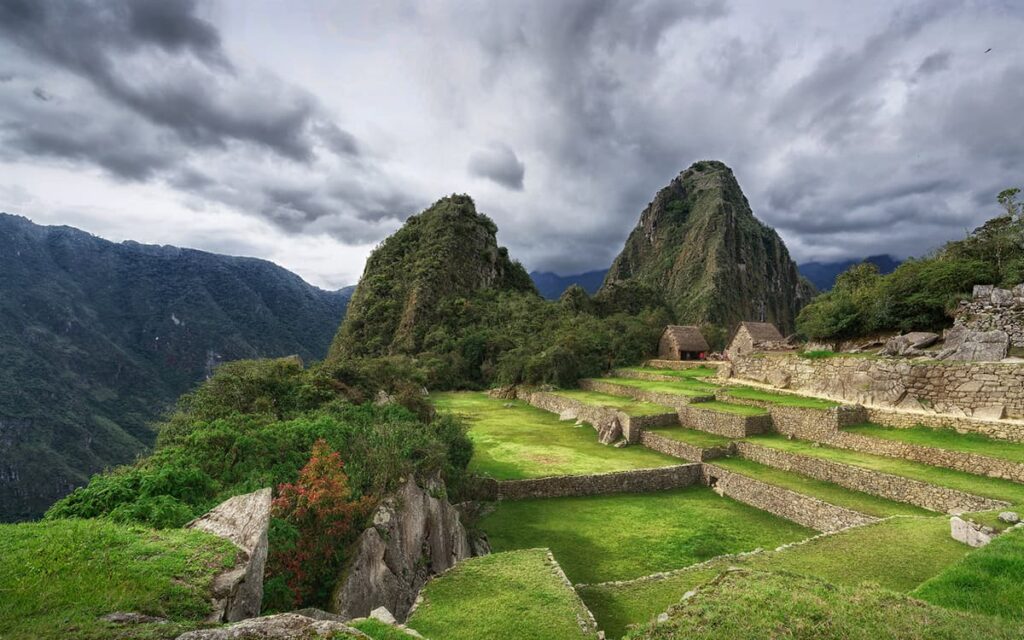The Quechua’s tradition of textiles in Cusco is in danger, as machine-made replicas flood the markets of Cusco. It’s often difficult to distinguish between a locally handmade textile and a machine-made copy. Therefore, it’s nearly impossible to know where to go to truly support local artisans.
By shopping responsibly in Cusco or Machu Picchu, you can be part of the Quechua textile revitalization movement. With your purchases, you can contribute to the cultural sustainability of the Quechua culture.
Qorianka will give you some tips about the things that you must give attention to in order to avoid getting scammed in the Inca capital.
How to Be a Conscious Consumer
When shopping while touring in Cusco, try to find out who made your product to shorten the production chain steps between the maker and consumer (you!). This benefits not only the maker, but also the environment and local economy.
Ensure your money supports the maker receiving fair payment (and treatment) for their work.
Note: Fair trade certification is extremely costly and often inaccessible for small producers. Therefore, look for vendors respecting fair trade principles, not just those with certification.

How to Identify Locally Handmade Textiles
1. Fringe
Thread from textiles made on backstrap looms will have twisted fringe ends without a blunt cut; threads will be turned back. Machine or floor loom textiles will have the fringe ends cut bluntly.
2. Pattern
Machine-made textiles (or floor loom) can only repeat the same pattern. Symbols cannot change (apart from alternating an A-B-A-B pattern). Handmade backstrap loom textiles can have many different patterns (e.g. different animals scattered) and often have small human errors.

3. Texture
Synthetic thread feels different – a soapy, slick texture and shiny in light. Natural fiber (alpaca or sheep) is not slick. It may sometimes be soft, but not always (depends on processing), so softness is not a giveaway.
Synthetic fiber often looks puffy. The yarn is not as ingrained in the weave as natural fiber. Also, in handmade textiles the yarn is a bit looser and easier to open up or separate with fingers.
4. Burning Ends
A surefire way to tell if someone is trying to fool you is to burn the fringe ends (though you can’t do this at the market and we don’t recommend it!). Natural fibers (alpaca and sheep) will burn like hair and crumble to ash. Synthetic textiles will flame up extremely fast then harden like plastic.
5. Color
Synthetic dyes can be much more fluorescent than the earthier, vibrant colors produced by natural plant and insect dyes. Undyed natural fibers can also produce a range of tones, due to natural variations in alpaca fleece color.

Conclusion
Now that you know how to difference original textile pieces from synthetic ones, you should rely on experts support to compliment the info you’ve just received.
Contact Qorianka for more information about the tours in Cusco and don’t miss your opportunity of getting an original alpaca piece!












